Toyota Hydrogen Car Owners Unite in Lawsuit Over Major Infrastructure Hurdles
![]() 07/18 2025
07/18 2025
![]() 449
449
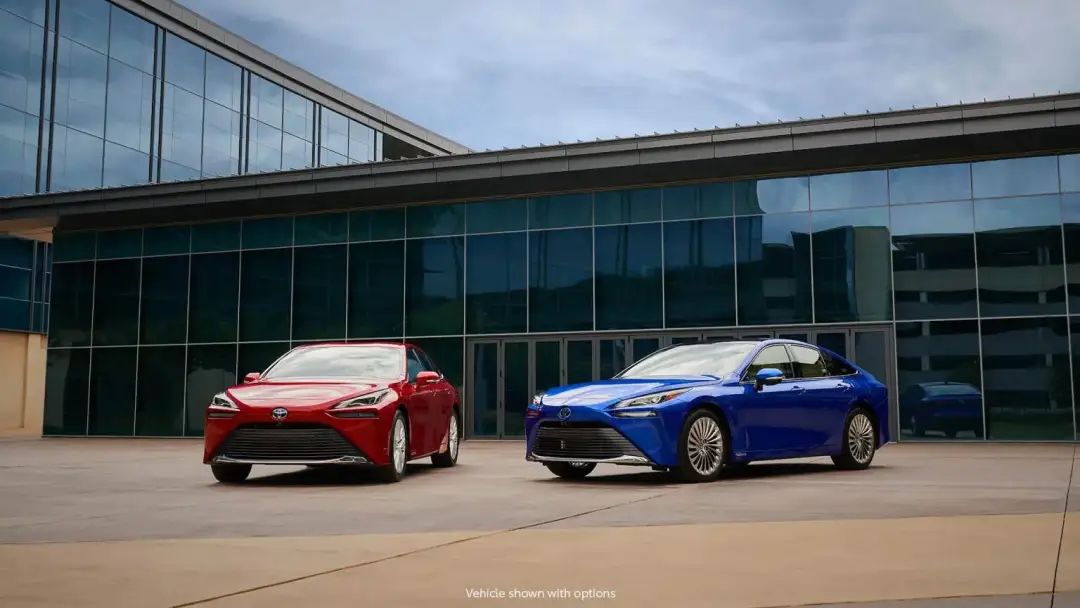
A Reality Far from the Ideal
Author | Wang Lei
Editor | Qin Zhangyong
Toyota's hydrogen fuel cell vehicles have hit a major roadblock.
Recently, in California, USA, a group of disgruntled car owners gathered to protest, holding signs that read "Mirai is a lie," "Toyota is wrong," and "Mirai has dried me up."
These protesters share a common thread: they have all purchased or leased Toyota's hydrogen-powered Mirai.
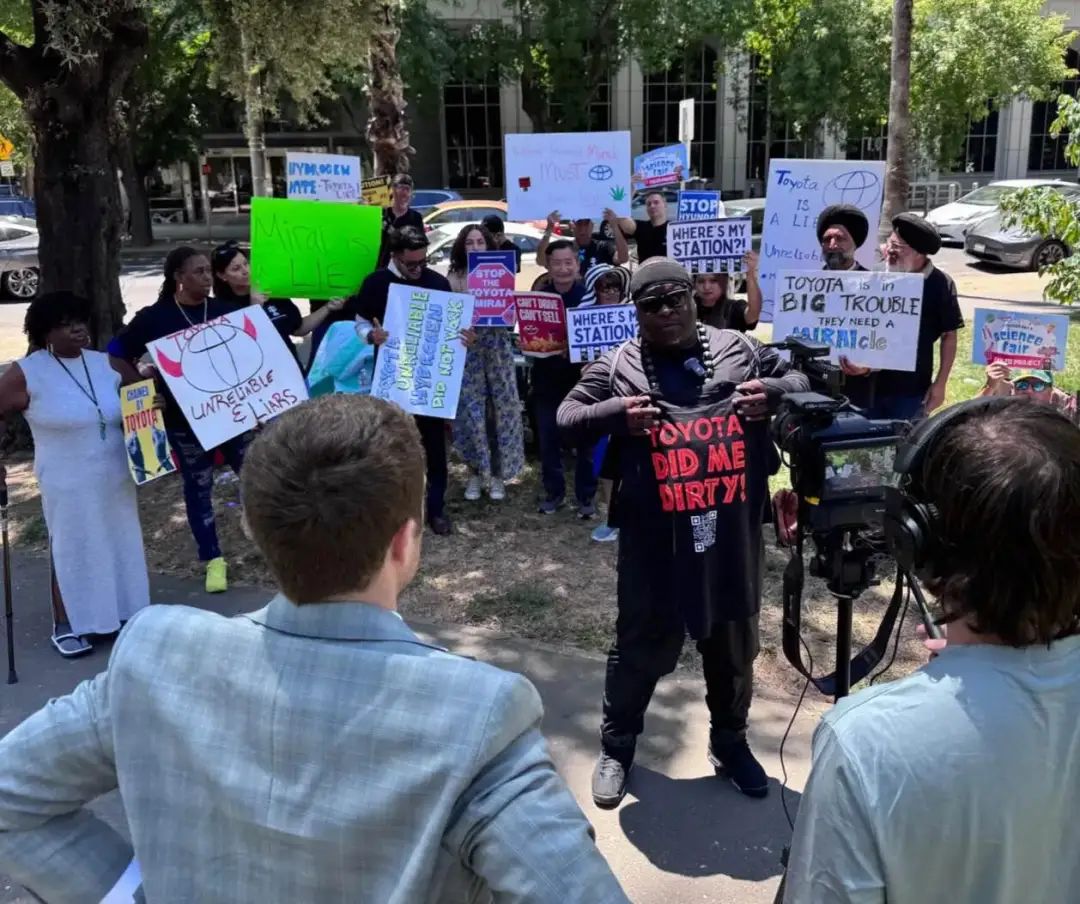
The fury of these Mirai owners extends beyond mere protest. According to overseas media Teslarati, hundreds of California car owners have collectively sued Toyota, alleging that the company and its partners misled consumers about the feasibility of the hydrogen refueling network.
When Toyota first introduced its hydrogen-powered vehicles in California, it promised seamless refueling, claiming that it was as convenient as refueling a gasoline vehicle, taking just a few minutes and emitting only water vapor.
This drew wild enthusiasm from environmentalists, making the Mirai a strong contender against electric vehicles at the time. Toyota even heavily bet on hydrogen energy as the future of automotive development.
However, contrary to expectations, as these car owners used their vehicles for longer periods, the collapse of hydrogen refueling infrastructure and surging hydrogen fuel prices have made Toyota's bright future vision increasingly distant from reality.
Some owners have even been unable to use their Mirai normally but still have to repay their car loans, a situation described as tragic.
Frustrated, the car owners have finally decided to sue Toyota.
01 From 'Can't Refuel' to 'Can't Afford to Refuel'
From the narrative of Sam D'Anna, one of the many plaintiffs in this class action lawsuit, we can understand the reasons behind these car owners' decision to sue Toyota.
Sam purchased a Toyota hydrogen-powered Mirai in July 2022 for $75,000 (approximately RMB 538,000). However, over time, Toyota's dealer recently informed him that the nearest hydrogen refueling station in Citrus Heights had ceased operations.
Currently, the nearest hydrogen refueling station to his home is in West Sacramento, 25 miles away. Although 25 miles might not seem far, due to his Mirai's long-term inability to fully refuel with hydrogen, the car's displayed remaining range is now only 22 miles.
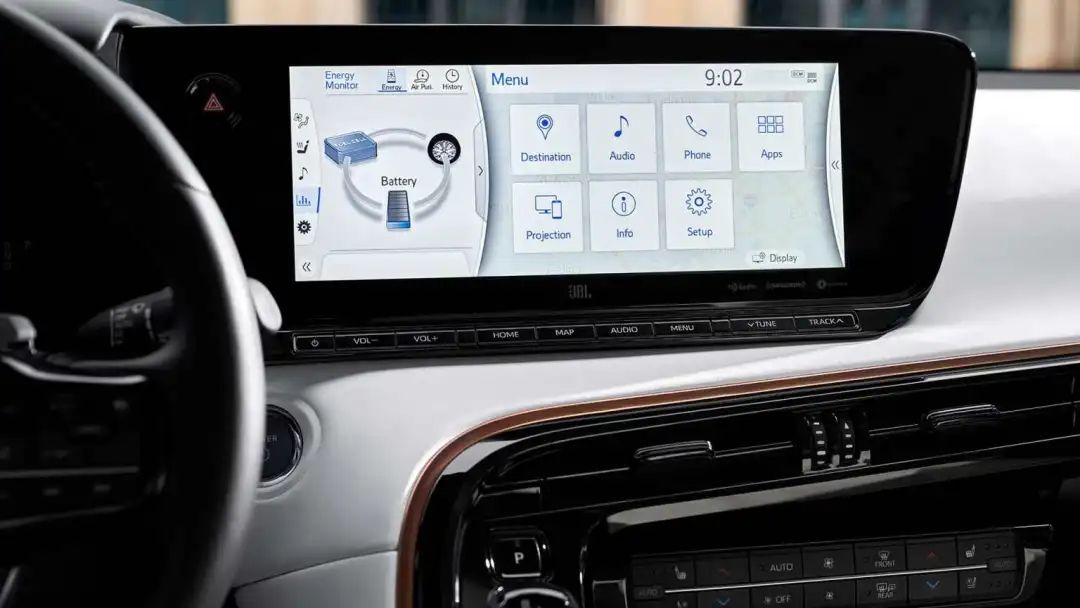
Obviously, driving to that station to refuel is unrealistic. Due to the unique nature of hydrogen energy, it is neither portable like traditional fuel nor can it be refueled anywhere like an electric car.
This has left Sam D'Anna's Mirai in a state of idleness, currently sitting unused in his father's home for several months.
Most crucially, in addition to repaying a $1,200 monthly loan for his current vehicle, a Ford F150 hybrid, he also has to pay a $1,100 monthly loan for the Mirai, which he can no longer use.
"I've signed up, and it's terrible," Sam said. Toyota knew that the refueling ecosystem it relied on was far from standard when selling the vehicles but still induced consumers to buy them in the early stages. He currently accuses Toyota of fraud, negligence, and violation of consumer protection laws.
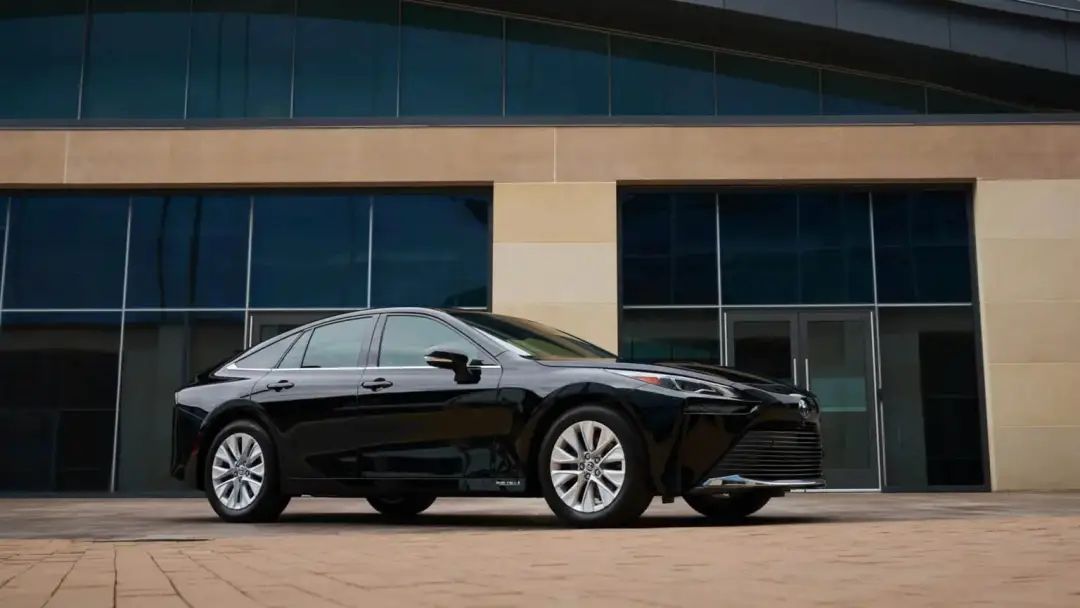
Another owner, Ricky Yap from West Sacramento, is also suing Toyota due to the closure of hydrogen refueling stations.
He bought a used Toyota Mirai for $16,000, which came with a prepaid fuel card of equal value. He said that the initial refueling experience was "somewhat cumbersome and confusing, but bearable." However, as more and more hydrogen refueling stations closed, things became worse.
On February 8, 2024, Shell announced the permanent closure of all seven light-duty vehicle hydrogen refueling stations in California. Although the number seems small, these seven stations accounted for 12% of California's hydrogen refueling stations. Overnight, many car owners found themselves in the embarrassing situation of having "no hydrogen to refuel."
As a result, long lines formed at the only remaining hydrogen refueling station in West Sacramento. Due to the high number of people refueling, it took up to four hours just to refuel.
Eventually, Yap chose to abandon the car completely, stopped buying insurance for it, and registered it as a non-operational vehicle. In his words, "I rarely use it because I don't like stress and don't want to buy insurance for a car that can't be used every day."
The reason for the lawsuit is that Toyota and its partners misled consumers regarding the feasibility of the hydrogen energy ecosystem. He said that initial car owners were attracted by Toyota's portrayal of an environmentally friendly future, but things have deviated significantly from expectations.
Moreover, due to the collapse of the hydrogen refueling infrastructure, the prices of used Mirai vehicles have also plummeted. Parita Shah, one of the plaintiffs from West Sacramento, said that the Mirai, which was worth $36,000 at the time, is now only offered a buyback price of $2,000 by Toyota dealers, and this car was bought just a few months after the closure of a nearby charging station.
02 The Hydrogen Energy Era is Far from Arriving
In fact, this is not the first time car owners have filed a class action lawsuit against Toyota. As early as 11 months ago, many car owners had already filed lawsuits against Toyota.
Many Mirai users discovered after purchasing their vehicles that finding hydrogen refueling stations in the United States was very difficult, often requiring long drives and frequently facing issues such as malfunctioning refueling equipment or problems with the fuel cards used for payment, making the cars almost unusable for daily driving.
Taking California as an example, as the largest market for Toyota Mirai, nearly 18,000 hydrogen-powered vehicles have been sold in California since 2012, the vast majority of which are Mirai, making California one of the regions with the highest concentration of hydrogen vehicles globally.
Currently, after Shell announced the permanent closure of seven hydrogen refueling stations in California, there are fewer than 50 hydrogen refueling stations left in the entire state. If it's like this in California, it's even worse elsewhere.
Even if a functional hydrogen refueling station is found, the refueling experience leaves much to be desired. Some car owners said that if hydrogen is not added for a long time, the nozzle used for refueling the Mirai will freeze. The vehicle must then be preheated for a long time to heat the nozzle to a temperature where hydrogen can be added.
This extends the refueling time that originally takes only five minutes to easily 30 minutes or more. However, for current electric vehicles, 30 minutes is enough to charge the battery from 30% to 80%.
Moreover, some hydrogen refueling stations restrict the single allocation of hydrogen fuel. In simple terms, even if you finally find a hydrogen refueling station, you may not be able to fill the fuel tank.
To make matters worse, over the past few years, the price of hydrogen fuel has increased from $13 per kilogram (approximately RMB 94) in 2022 to $36 per kilogram (approximately RMB 262) in 2024, a whopping 200% increase.
Based on the Mirai's 5.65-kilogram fuel tank, the cost to fill the tank from empty has reached $203 (approximately RMB 1,456).
To promote the sales of Mirai, Toyota initially gave each car owner a fuel card worth $15,000 (approximately RMB 110,000) and claimed that it could be used for "at least five years." However, with the surge in hydrogen prices, Toyota's initial promise has become a bubble.
It is not difficult to see that difficulty in refueling, low efficiency, and high hydrogen prices have become common complaints among car owners, which is also far from the vision portrayed by Toyota initially.
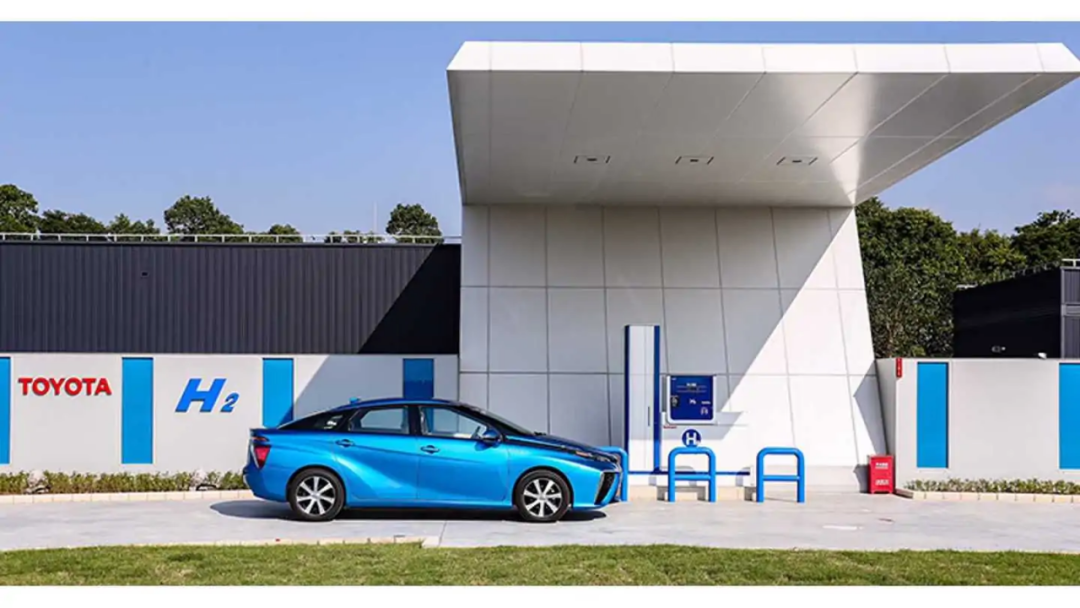
Jason Ingber, the lead attorney for these two lawsuits, believes that Toyota has misrepresented the supply of hydrogen from the beginning, describing it as readily available and as simple and easy as refueling gasoline. "Toyota is still selling this car, which makes no sense. Drivers have no fuel available, and it's not as good as advertised."
Even California State Senator Josh Newman has euphemistically said that the user experience of owning a hydrogen vehicle is not so good, and he believes that the hydrogen refueling situation in California is terrible.
In the past, it had to be acknowledged that hydrogen energy, with its extremely high energy density, refueling efficiency comparable to gasoline vehicles, and emissions consisting only of water, made hydrogen-powered vehicles once regarded as the most ideal solution for new energy vehicles.
However, hydrogen energy is also a typical "idealism," with numerous challenges in actual transportation, storage, production, and cost.
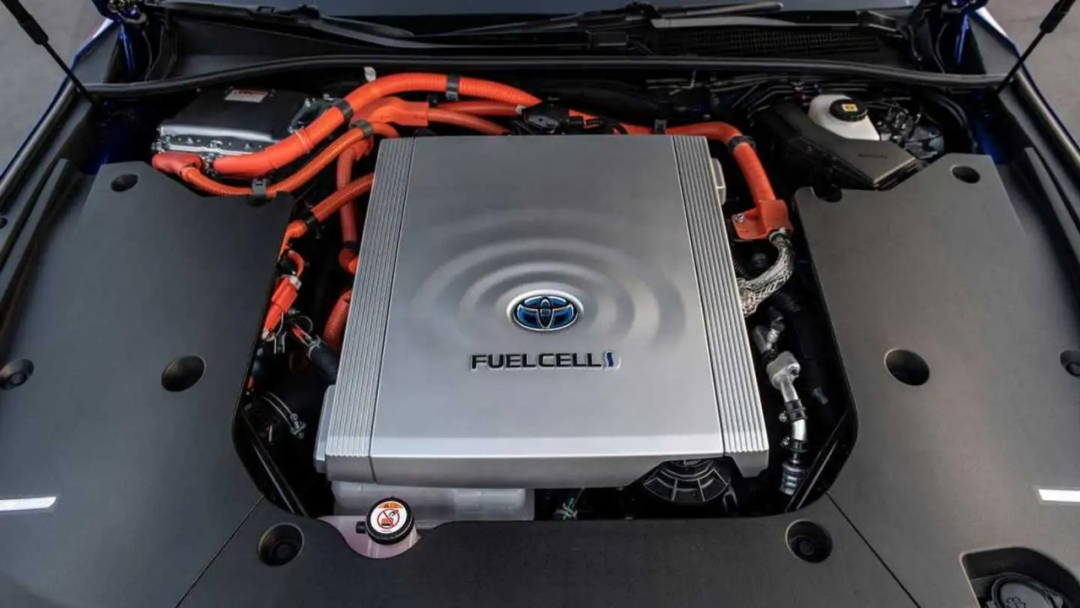
It is precisely because of the high technical and usage thresholds that, compared to Toyota's persistence in promoting hydrogen energy, manufacturers such as Hyundai and Honda have shifted their attitudes from following suit to wait-and-see regarding hydrogen energy passenger vehicles.
At the end of 2024, Hyundai originally planned to release the new generation of hydrogen fuel cell vehicle Nexo, but the project was delayed, and there were even rumors of "indefinite suspension."
The "retreat" of other competitors represents the limitations of this market to a certain extent. For 10 years or even longer, hydrogen energy vehicles can only replace some special application scenarios of gasoline vehicles, such as long-distance heavy-load fields, where hydrogen energy is irreplaceable.
In terms of feasibility, the infrastructure costs for battery swapping are much lower than those for hydrogen stations. It can only be said that it is far from being the era of hydrogen passenger vehicles now.







